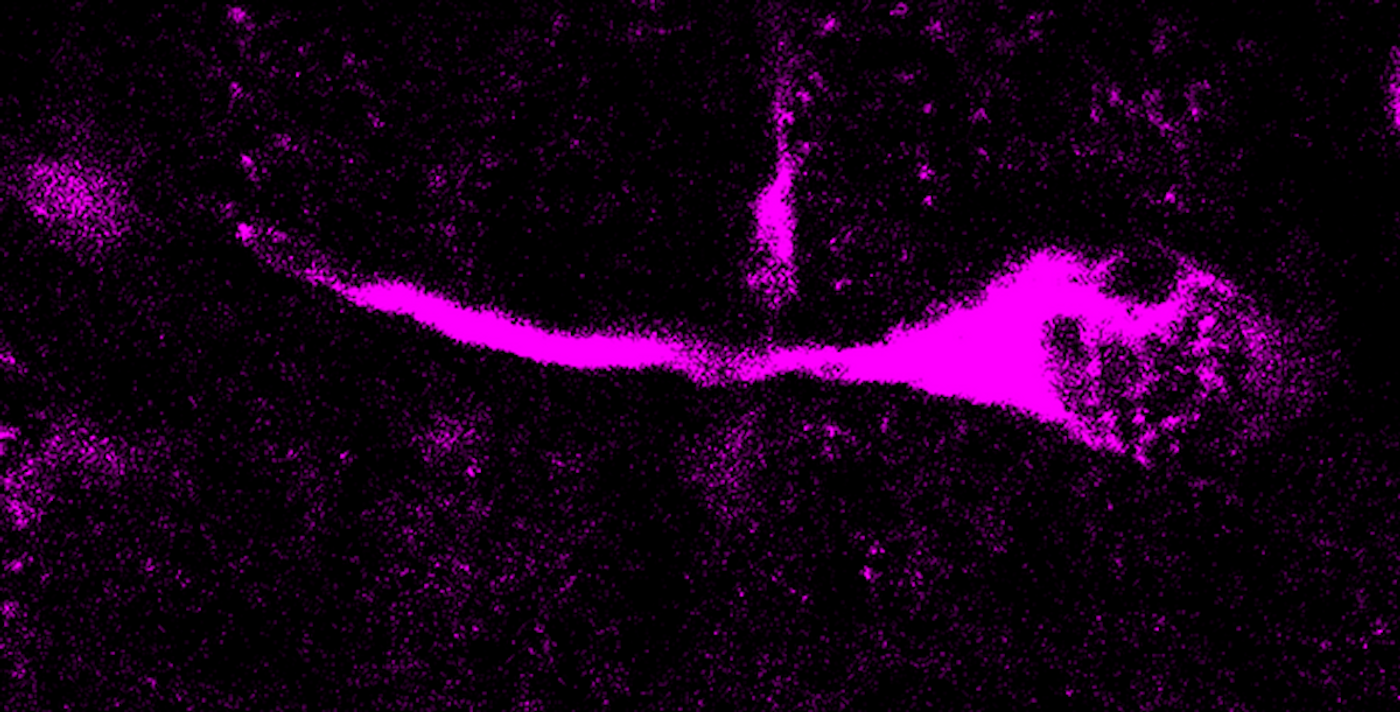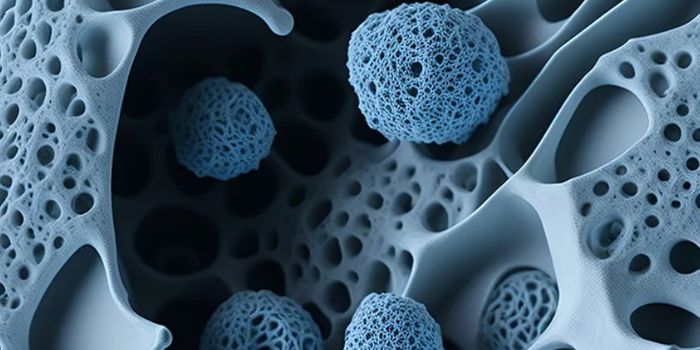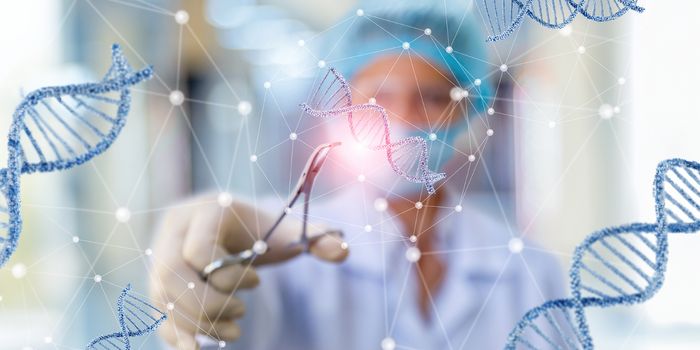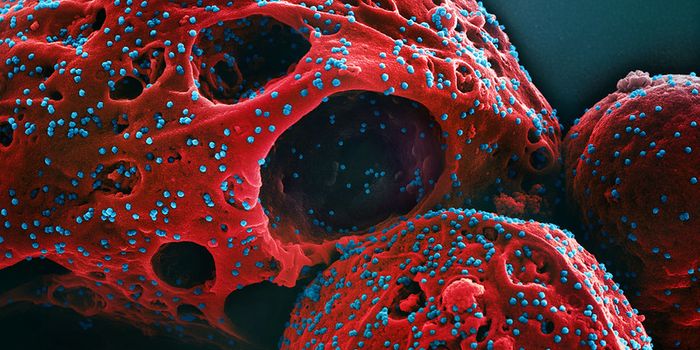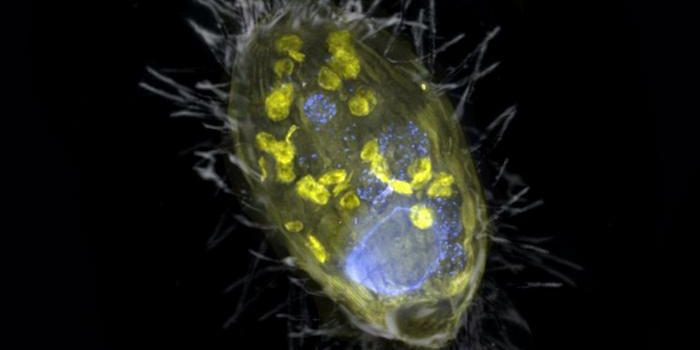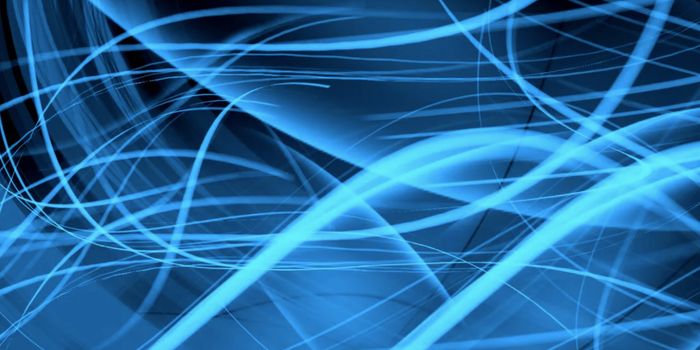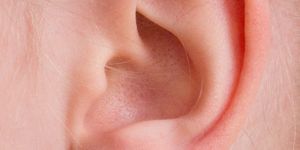Modern Humans Make More Neurons Than Neanderthals
Scientists have been searching for an answer to the question of 'what makes us human'for decades. Many have looked to our close relatives, like Neanderthals or Denisovans, as a comparison. The modern human lineage began to diverge from Neanderthals around 500,000 years ago. Fossil records and samples of ancient DNA collected from Neanderthals have given us a lot of information about them. We know that the brains of Neanderthals and modern humans were similar in size, for example. Now scientists have discovered that Neanderthals carried a variant of a human protein called TKTL1 (transketolase-like 1), which only differs from the one we carry by one amino acid.
In humans, TKTL1 increases the number of a specific type of progenitor cells called basal radial glia, in the brain, compared to Neanderthals. The basal radial glial cells create most of the neurons in the developing neocortex, a region that is critical to cognition.
In the developing human fetus, TKTL1 is highly expressed in the frontal lobe. The researchers suggested that the single amino acid substitution that occurs in human TKTL1 leads to a higher number of neurons in the developing neocortical frontal lobe, when compared to Neanderthals.
Modern humans and chimpanzees share about 96 percent of our DNA. The differences between humans and Neanderthals is even smaller. Some proteins only vary by a few amino acids, but the consequences of those variations are still largely unknown.
While the human and Neanderthal neocortex are probably roughly the same size, what is unknown is whether there are differences in the number of neurons. This work aimed to learn more about that question by focusing on the amino acid change observed in TKTL1.
In this study, the researchers modeled the change in mouse embryo neocortical cells. They found that in basal radial glial cells with human TKTL1, mouse brains contained more neurons compared to the model that carried Neanderthal TKTL1. Thus, they concluded that the TKTK1 protein found in modern humans causes more neurons to develop in the embryonic cortex.
The investigators also performed the opposite change. They grew human brain organoids, and changed the human TKTL1 to Neanderthal TKTL1. This change caused fewer basal radial glial cells to develop, and fewer neurons to grow, noted the researchers.
"This shows us that even though we do not know how many neurons the Neanderthal brain had, we can assume that modern humans have more neurons in the frontal lobe of the brain, where TKTL1 activity is highest, than Neanderthals," said lead study author Anneline Pinson, a researcher in the group of Wieland Huttner.
The study also suggested that modern human TKTL1 alters metabolism by activating the pentose phosphate pathway, leading to increased fatty acid synthesis. This may increase the production of some membrane lipids that helps stimulate basal radial glial cells, and ultimately increase neuron production.
"This study implies that the production of neurons in the neocortex during fetal development is greater in modern humans than it was in Neanderthals, in particular in the frontal lobe," said study supervisor Wieland Huttner, one of the founding directors of the Max Planck Institute of Molecular Cell Biology and Genetics. "It is tempting to speculate that this promoted modern human cognitive abilities associated with the frontal lobe."
Sources: Max Planck Society, Pinson et al Science 2022, Malgrange et al Science 2022
